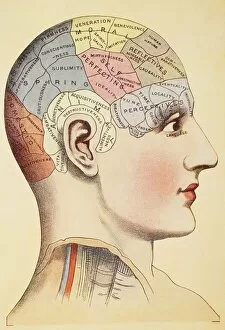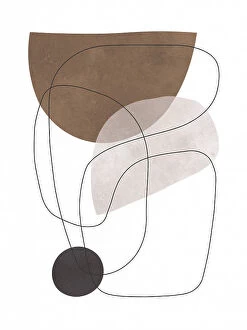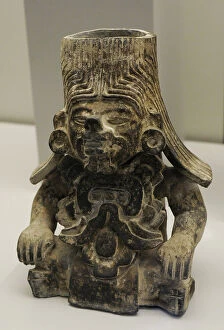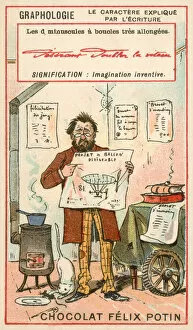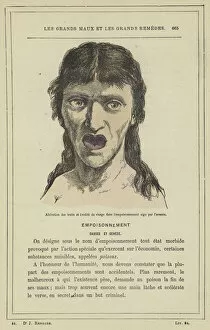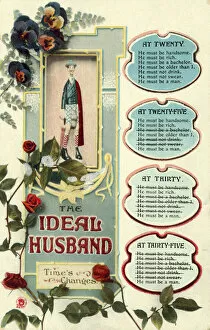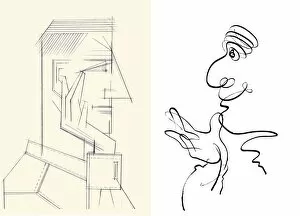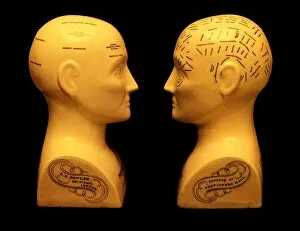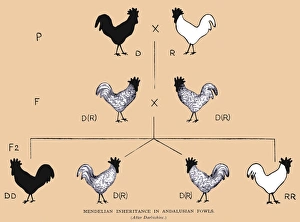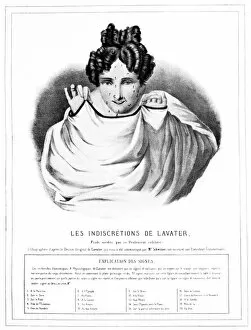Traits Collection
"Exploring the Intricacies of Traits: Unveiling the Complexities Within" Delving into the depths of human nature, one can find a multitude that shape our identities
All Professionally Made to Order for Quick Shipping
"Exploring the Intricacies of Traits: Unveiling the Complexities Within" Delving into the depths of human nature, one can find a multitude that shape our identities. From phrenology busts to phrenological maps, these artifacts from history remind us of our endless fascination with understanding what makes us who we are. Intriguingly, a vase adorned with a human figure exhibiting feline traits serves as a reminder that even within ourselves, there exists an amalgamation of characteristics. Just like this ceramic masterpiece, we too possess various qualities that define us. Journeying through time and cultures, we encounter depictions such as "Jewish Shrewdness, " capturing the essence of specific traits attributed to different communities, and is in these diverse portrayals where we witness the rich tapestry woven by humanity's distinct features. Graphology unveils yet another facet in our exploration - character study through handwriting. The strokes on paper reveal hidden layers about individuals' personalities and their unique quirks. A chromolitho showcasing this art form reminds us that there is more than meets the eye when it comes to deciphering someone's true self. As we navigate further into this captivating realm, a lithograph titled "The Different Peoples of Europe" offers insight into how regional influences shape our behaviors and outlooks on life. Our traits become intertwined with cultural nuances, painting vivid pictures of diversity across continents. Within each individual lies an imaginative spark waiting to be ignited - inventive imagination knows no bounds. Chromolithos depicting this trait encourage us to embrace creativity as an essential aspect of being human. However, not all they can positive; some delve into darker territories like greed and avarice depicted in striking chromolithos highlighting money troubles. These cautionary reminders prompt introspection about how certain characteristics can lead down treacherous paths if left unchecked. Yet amidst it all emerges an ideal - "The Ideal Husband".

